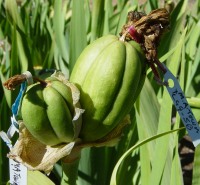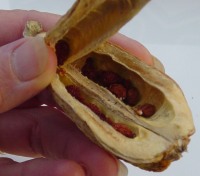
|
 Plant the seeds:
Plant the seeds:In the fall, the new seeds are planted into labeled pots. Great care must be taken in order to not mix seeds from different pods. Each pod will be given a number so it can be tracked.
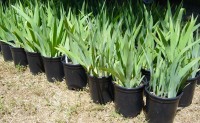 |
Watch them grow: The pots remain outside over the winter and the seeds will begin sprouting the next spring. They grow rapidly once sprouted and are ready to plant in the ground in may-June. |
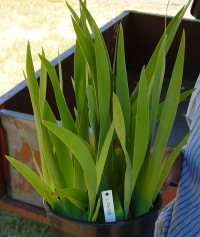 |
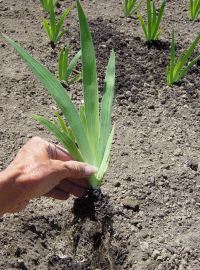 |
Into beds: The new seedling varieties are planted in the prepared beds. Again, care is taken to maintain proper identification of each cross, its resulting seeds and now each new plant. Each new plant represents a new variety. |
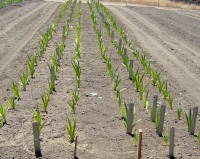 |
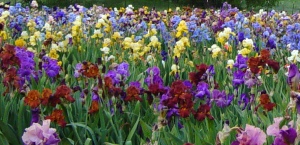 First Blossom: The plants will continue to grow over the year and will be ready to bloom the following spring. Two years has elapsed from that initial cross pollination to the first bloom of a new seedling. |
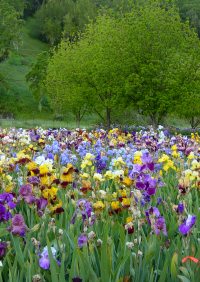
Let the judging begin: The bloom stalk is evaluated and a determination is made to either save or discard the plant. Over the course of the next several years each new selected seedling is evaluated for worthiness of being given a name and introduced to the public as a brand new variety. We hope that you enjoy our efforts to bring to you new and different varieties of our favorite flower- the iris. |
